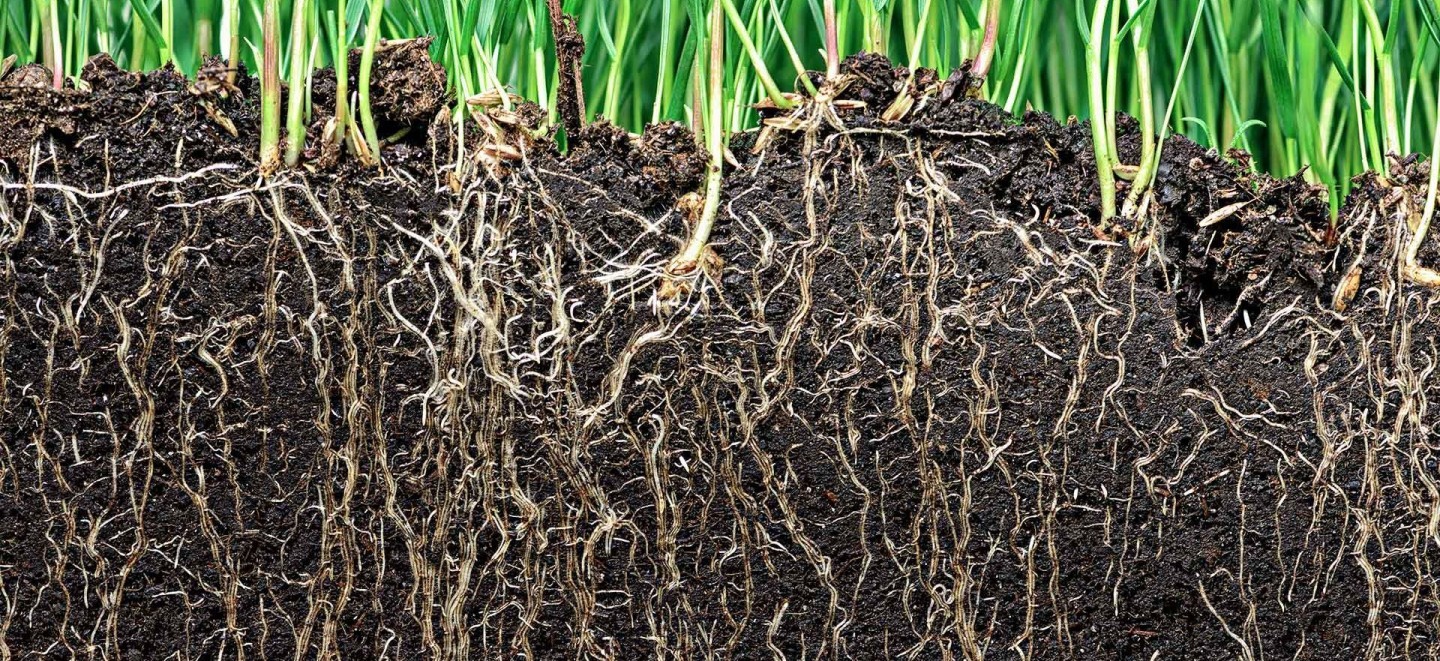
COMBATING DROUGHT STRESS
Introduction
Climate change is posing an increasing threat to agricultural production. In particular, drought and water stress significantly reduce plant growth and productivity, making agricultural sustainability more challenging. Therefore, new-generation solutions in agriculture are gaining increasing importance, with innovative products such as biostimulants coming to the forefront.
Biostimulants consist of natural or synthetic components that enhance plant stress tolerance. They help plants grow healthier and more productively by increasing their resilience in challenging environmental conditions such as water scarcity.

What Are Biostimulants?
Biostimulants are organic or synthetic components that support plant growth and increase resistance to stress factors. They are divided into two main categories:
✅ Natural Biostimulants: Derived from plant extracts, microorganisms (bacteria, fungi), and humic acids.
✅ Synthetic Biostimulants: Made from chemical compounds, but natural biostimulants are preferred more frequently today.
Benefits of Biostimulants Biostimulants play a crucial role in combating drought stress through several functions:
🔹 Root Development: Encourages deeper root growth, improving access to water.
🔹 Water Use Efficiency: Promotes better water utilization, increasing survival rates during dry periods.
🔹 Anti-Stress Responses: Enhances the secretion of hormones and enzymes that protect plants under stress.
🔹 Nutrient Uptake: Improves root absorption of minerals and nutrients, supporting growth.
Application Methods of Biostimulants
Biostimulants can be applied in different ways:
✔ Soil Application: Added to irrigation water or mixed directly into the soil.
✔ Foliar Application: Sprayed onto plant leaves for rapid effects.
✔ Seed Treatment: Coating seeds before planting to positively influence the growth process.
Importance and Advantages in Agriculture
The advantages of biostimulants in agriculture, especially under challenging conditions such as drought, include:
✅ Yield Increase: Maintains plant health during drought periods, minimizing yield loss.
✅ Reduction in Chemical Use: Decreases the need for fertilizers and pesticides, contributing to environmental sustainability.
✅ Economic Benefits: Reduces costs in the long term, providing economic advantages to farmers.
Most Common Types of Biostimulants
1.Humic and Fulvic Acids
🟢 Source: Formed by the decomposition of organic matter.
🟢 Benefits: Improves soil structure, increases water retention capacity, and enhances nutrient absorption.
2.Amino Acids
🟢 Source: Organic compounds derived from protein breakdown.
🟢 Benefits: Increases plant stress tolerance, supports cell development, and facilitates nutrient uptake.
3.Seaweed Extracts (Alginates)
🟢 Source: Derived from seaweed.
🟢 Benefits: Promotes plant growth, enhances drought resistance, and supports root development.
4.Microorganisms (Bacteria and Fungi)
🟢 Source: Special agricultural bacteria and fungi (Azospirillum, Bacillus subtilis, Trichoderma harzianum).
🟢 Benefits: Improves soil health, increases nutrient bioavailability, and protects plants from pathogens.
5.Plant Extracts
🟢 Source: Derived from plants such as Aloe vera and yellow algae.
🟢 Benefits: Reduces stress, supports hormonal balance, and promotes plant growth.
6.Super Absorbents (Water Retention Agents)
🟢 Source: Soil conditioners composed of polymeric materials.
🟢 Benefits: Increases soil water retention capacity and encourages root development.
7.Organic Acids
🟢 Source: Extracted from natural sources like Vitamin C.
🟢 Benefits: Enhances the absorption of nutrients by plants.
8.Special Hormonal Products
🟢 Source: Plant-derived or synthetic hormones (Auxins, Cytokinins, Gibberellins).
🟢 Benefits: Accelerates plant growth and increases resistance to stress conditions.
9.Humus and Compost
🟢 Source: Formed by the decomposition of organic materials.
🟢 Benefits: Improves soil structure and increases nutrient bioavailability.
Conclusion
Biostimulants offer a promising solution to environmental challenges such as drought stress in modern agriculture. By enhancing plant health and productivity, they contribute to the widespread adoption of sustainable agricultural practices. In the future, further research and development of these products will be crucial for improving agricultural productivity and ensuring environmental sustainability.